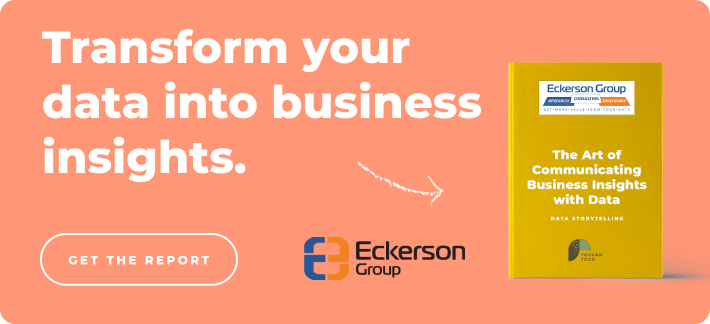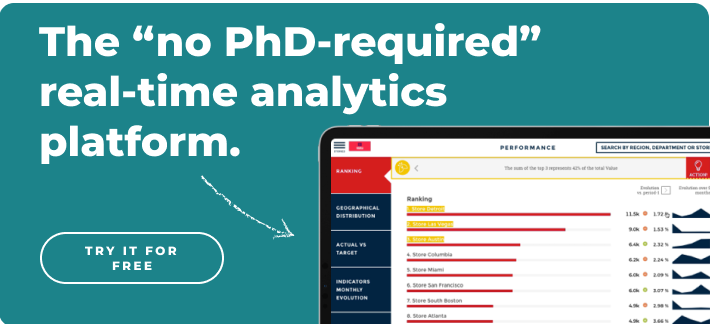Real-Time Analytics - What does it mean?
Real-time analytics involves preparing and measuring data as soon as it is entered into a database. The data is interpreted or conclusions are drawn immediately (or very quickly) after it enters the system.
Businesses can respond quickly to changes in the market using real-time analytics. As a result, they can seize opportunities or prevent problems before they occur.
In contrast, batch-style analytics may take several hours or even days to produce results. As a result, batch analytical applications often produce only "after the fact" insights (lagging indicators). With real-time analytics, businesses can gain BI insights that help them stay ahead of the competition.
Who Uses Real-Time Analytics?
Examples of real-time analytics include:
- Credit scoring in real time enables financial institutions to make credit decisions more quickly
- Providing the customer with an offer or a piece of information that matches their needs and inclinations based on a real-time analysis of their behavior.
- Application monitoring to prevent downtime and improve performance.
- Real-time blocking of fraudulent transactions.
- Promoting and incentivizing individual customers in retail outlets while they are in the store and near the merchandise.
Benefits of real-time data
Today's businesses can benefit greatly from real-time analytics. Here are a few of the benefits that these tools can provide.
Tracking customer data. Create an immediate response based on the latest time-sensitive customer data. With real-time analytics, you will be able to determine when and why your customers behave in certain ways, and how to improve their satisfaction.
Cost efficiencies. Through real-time analytics, organizations can reduce their workload in the IT department, improve employee engagement, and reduce hiring costs.
Faster response time. There can be huge opportunities for businesses when the market fluctuates suddenly. Analytics in real-time can help you avoid costly situations or, on the other hand, provide opportunities to make significant profits.
Real-time testing. Businesses are now able to forecast confidently and optimize their data to find the best options when they have immediate answers at their fingertips. In order to make big decisions more clear, split-testing or A/B testing can be performed with ease.
Empowering End-Users
Digitalization is becoming more prevalent in businesses. Data volumes and diversity are increasing, which presents a challenge to real-time big data analytics. There are different technologies available to meet these needs.
A few are based on specialized appliances (hardware and software). In some cases, special processor/memory chip combinations, or in-database analytics are used. However, it is also possible to use ordinary computer systems and any of the available data sources. Real-time analytics applications must simply be designed to take advantage of the full memory and processing power of standard computers.
As a result, real-time analytics become more affordable. The power of real-time business intelligence is placed directly in the hands of business users when the application is also user-friendly. This is also where it should be, for the greatest business benefit.



